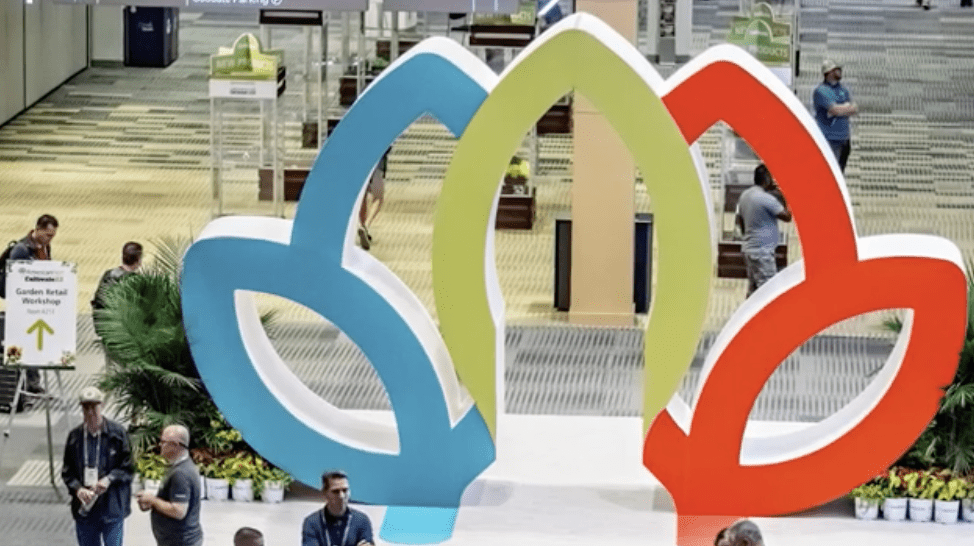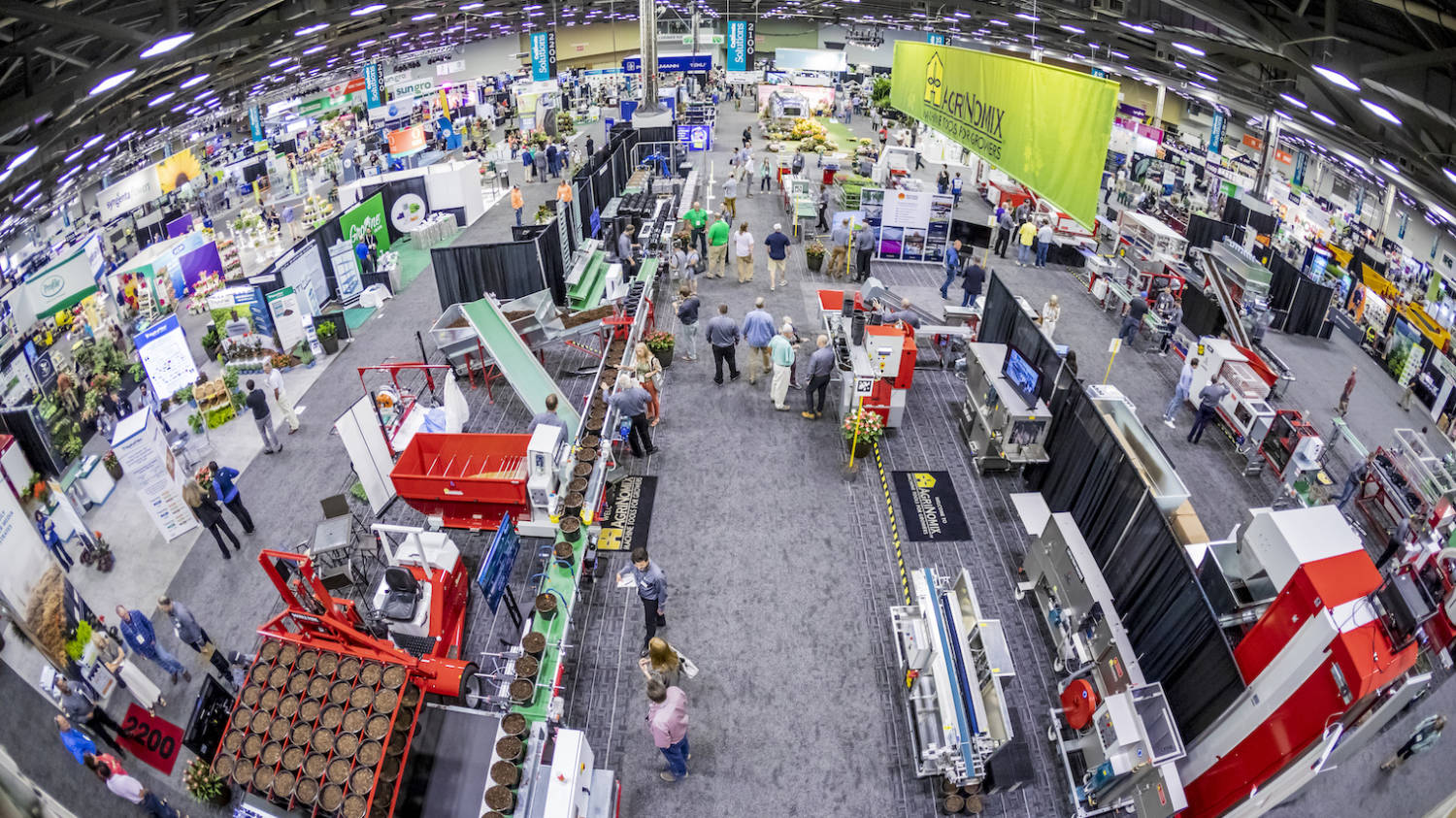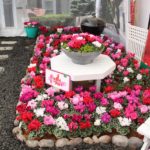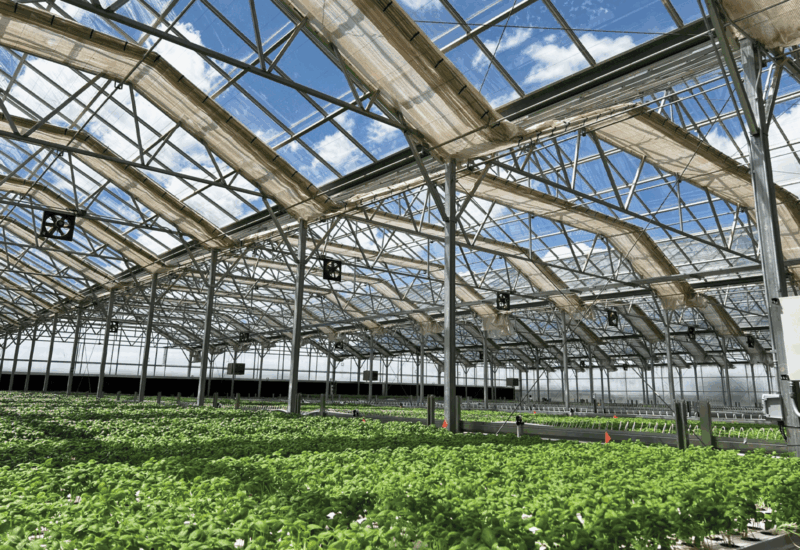
Greenhouse climate solutions for a changing industry
Today’s greenhouse growers are facing rising energy costs, unpredictable weather and persistent labor challenges. To stay efficient and productive, many are turning to advanced heating, cooling and ventilation systems.
After all, these innovative climate- control technologies are designed to not only maintain consistent growing environments but also help reduce resource use — helping growers save on fuel, water and electricity while improving crop quality.
At the same time, automation and smart controls are minimizing the need for hands-on adjustments, giving growers valuable labor savings. From heating at the root zone to high- efficiency ventilation, dehumidification and integrated control platforms, new solutions are redefining what it means to manage a greenhouse sustainably and effectively.
MEET THE PLAYERS
Globally, most greenhouses rely on either forced-air systems or hydronic loops through 51 mm steel piping with old fashioned “high-mass” boilers.
Danielle Ernster, marketing director of Cotati, California-based BioTherm, noted the company takes a different approach with efficient hydronic heating that can be delivered through finned pipe, under-bench tubing or root zone modules.
“Paired with high-efficiency condensing boilers that heat on-demand, growers get precise, responsive heating with less energy use,” she said. “This system design is also future-proofed, ready to integrate with heat pumps when the time comes by virtue of our ability to use much lower water temperatures to deliver the heating energy.”
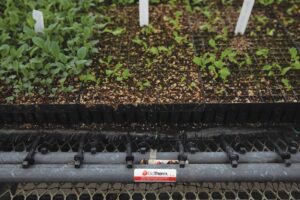
BioTherm also champions root zone heating, which is essential for young plant growth. By targeting heat directly where plants need it most, these systems allow growers to lower ambient air temperatures without compromising development.
“By focusing heat delivery at the root zone and canopy level, BioTherm reduces plant stress and creates a more stable growing environment,” Ernster said. “This is especially important for propagation, where uniform heat across benches ensures cuttings and liners root consistently. For finished crops, it translates into predictable cycles, improved crop uniformity and higher- quality yields. Our on-demand, low-mass condensing boilers avoid the overshoot and waste common in traditional hot-water systems, maintaining even, precise temperatures at all stages of growth.”
Nick Earls, who works sales for Wadsworth Control Systems, headquartered in Arvada, Colorado, said some of the company’s more advanced solutions include Juniper, EnviroSTEP and Seed.
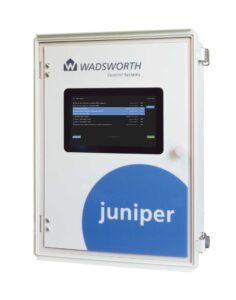
“Released in early 2025, Juniper features a full-color touchscreen and WiFi/Bluetooth connectivity, allowing control from a phone, tablet or computer anywhere in the world via the Wadsworth Cloud,” he said. “Our most advanced system, Seed, is used in every type of facility, from school greenhouses to multi-acre farms. It has even been deployed in zoo habitats and butterfly exhibits.”
Ramping is a major benefit available with all Wadsworth Control Systems models.
“Instead of instantly switching from heating at night to cooling during the day, ramping allows the system to gradually adjust setpoints,” Earls said. “This smooth transition reduces plant stress and prevents wasted energy.”
DryGair develops active dehumidification solutions designed specifically for controlled environments like greenhouses and indoor grow facilities.
“Unlike generic HVAC or industrial units, our systems are engineered for the unique challenges of horticulture — high-humidity loads, fluctuating conditions and the need for uniform climate distribution,” said Amir Kandlik, regional director, North America, for the Bitan Aharon, Israel-based company. “Each unit not only dehumidifies but also circulates dry air evenly throughout the growing space, ensuring stable, homogeneous conditions across the entire facility. Models are scalable, from compact units for small greenhouses to high-capacity systems for multi-hectare operations.”
By capturing and removing moisture directly from the air, DryGair allows growers to reduce or even eliminate traditional ventilation. This avoids the need to expel warm, humid air and replace it with colder, drier outside air that must be reheated. The result is up to 50% savings in energy consumption for heating, according to Kandlik.
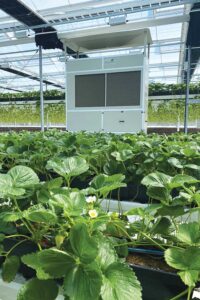
“At the same time, keeping the greenhouse closed minimizes the loss of CO2 enrichment,” he said. “DryGair also creates optimal growing conditions and prevents humidity- related diseases, reducing the need for pesticides and fungicides. Growers ultimately benefit from higher energy efficiency and more sustainable crop management.”
Quietaire manufactures wall and roof exhaust fans along with wet walls for the greenhouse industry. The company also offers horizontal air flow fans and portable evaporative coolers.
“Our fans are made to be efficient as well as quiet,” said Nathan Cyr, sales manager for the Houston-based company. “Our wet wall systems are stainless steel and do not require a sump as they are self-contained systems.”
Quietaire also offers energy- efficient motors and angle flow fans that are more efficient than square box fans.
“Our self-contained wet wall systems are sized to the size of the greenhouse or fans to allow proper efficiency,” Cyr said.
LABOR-SAVING BENEFITS
Labor is one of the most significant costs in greenhouse operations, and hand-watering is still surprisingly common. Not only is it inefficient, it also leads to inconsistent results.
“With Seed, irrigation and fertigation can be fully automated, delivering precise amounts of water and nutrients evenly across each zone,” Earls said.
“This simple upgrade can dramatically reduce labor costs while ensuring healthier, more uniform crops.”
BioTherm’s heating systems save growers significant time by reducing the need for constant monitoring and manual adjustments.
“Traditional unit heaters and high- temp pipe systems often require staff to check for uneven temperatures, troubleshoot hotspots and manually intervene to keep crops stable,” Ernster said. “With BioTherm, the precision of hydronic distribution and automated controls means temperatures stay consistent without constant oversight.”
For instance, Patrick Herzing from Michael’s Greenhouse in Cheshire, Connecticut, said he was able to install an acre of BioTherm’s Roll’N Grow in two days with four workers. The system ran with minimal supervision, freeing staff from daily climate checks and giving them more time to focus on higher-value crop care tasks.
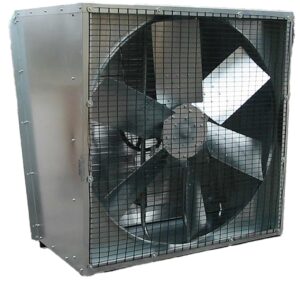
flow fans are more efficient than square
box fans. Photo courtesy of Quietaire.
Quietaire’s systems can be wired to controls that provide labor savings benefits. Angle flow exhaust fans, for example, have guards screwed to the shutter that can be lifted up and out of the fan for maintenance without having to remove all the screws.
FINAL THOUGHTS
For any greenhouse looking to improve its heating, cooling and ventilation systems, it’s important to work with greenhouse manufacturers to calculate needs and explore options for increased efficiency and lower maintenance costs.
“With data playing such a critical role in today’s industry, we’ve enhanced our graphing platform to give growers deeper insights and greater flexibility.” Earls said. “Users can quickly create charts with customizable options — colors, line types and more — and overlay them with equipment run times. This makes it easy to compare sensor data directly with equipment performance, allowing growers to fine-tune their greenhouse climate with precision.”
According to Ernster, growers adopting BioTherm report measurable cost savings — often 20% to 40% — by lowering setpoints, running boilers more efficiently and using root zone heat to drive propagation success instead of heating entire greenhouses to high temperatures.
“Many have seen improved crop uniformity, faster turns and stronger survival rates in cuttings and plugs,” she said. “Beyond the financial impact, sustainability gains come from reduced fuel consumption, lower emissions and systems designed to qualify for utility rebates and energy-efficiency programs.”
Kandlik said that growers looking to modernize should view climate as an integrated system, not just individual heating or cooling components.
“Start with a clear understanding of your facility’s humidity load and crop requirements,” he said. “Investing in active dehumidification often pays for itself quickly — through reduced energy bills, lower chemical use and higher- quality crops. My advice is to focus on solutions that balance resource efficiency, plant health and operational simplicity. Partnering with experts to tailor the system to your specific facility is essential for long-term success.”



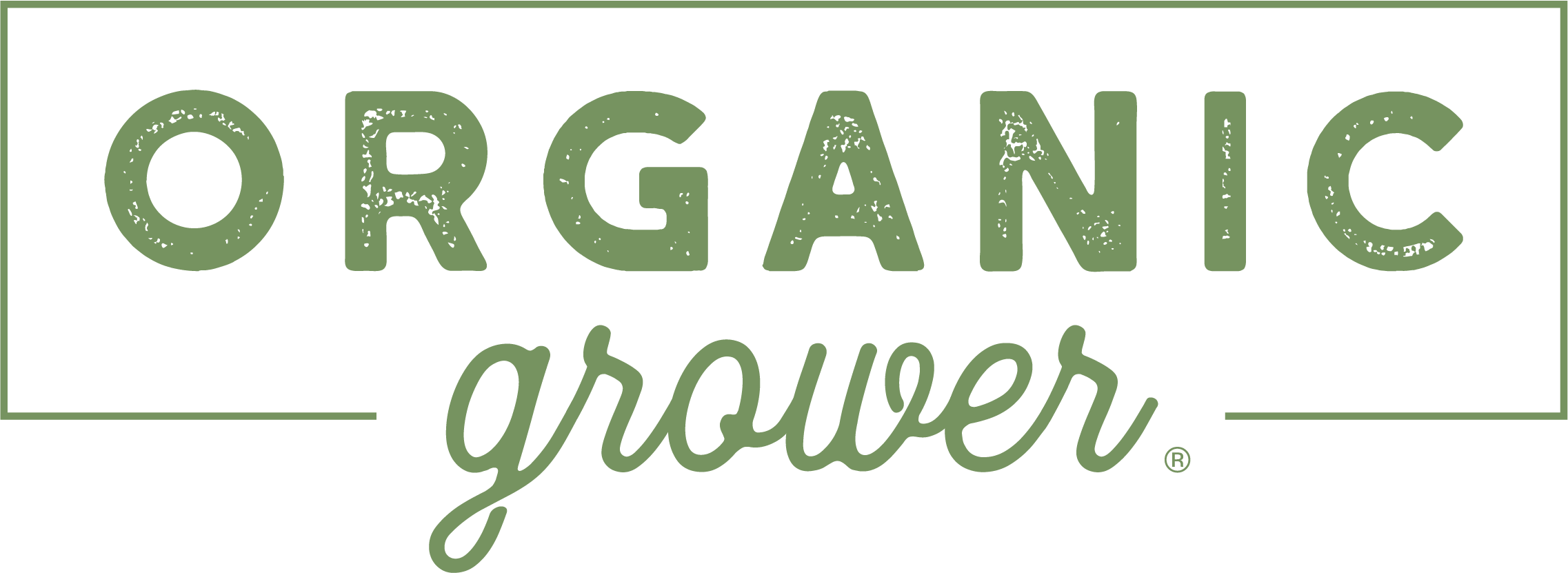





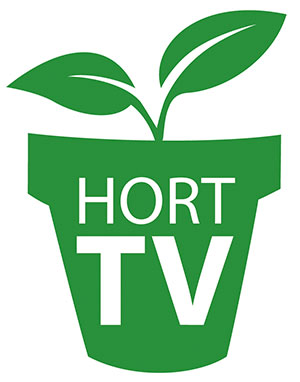 Video Library
Video Library 